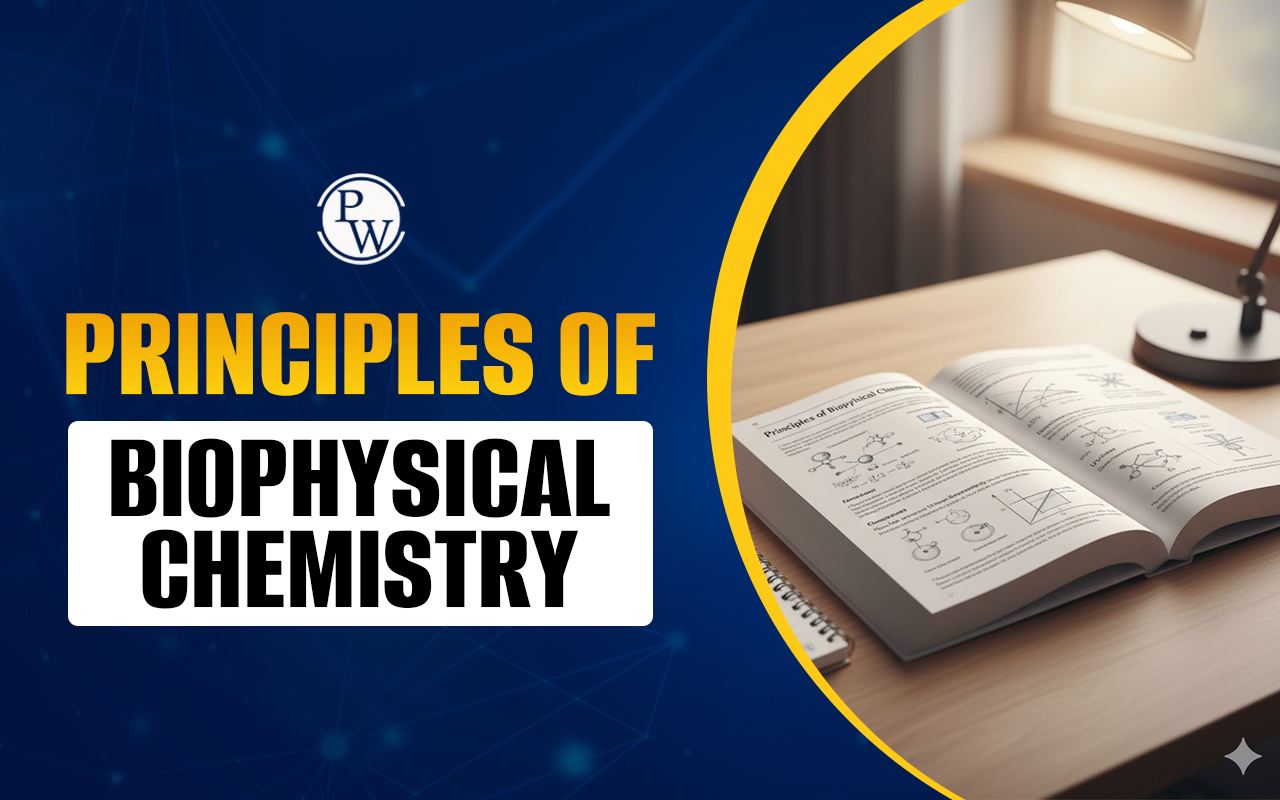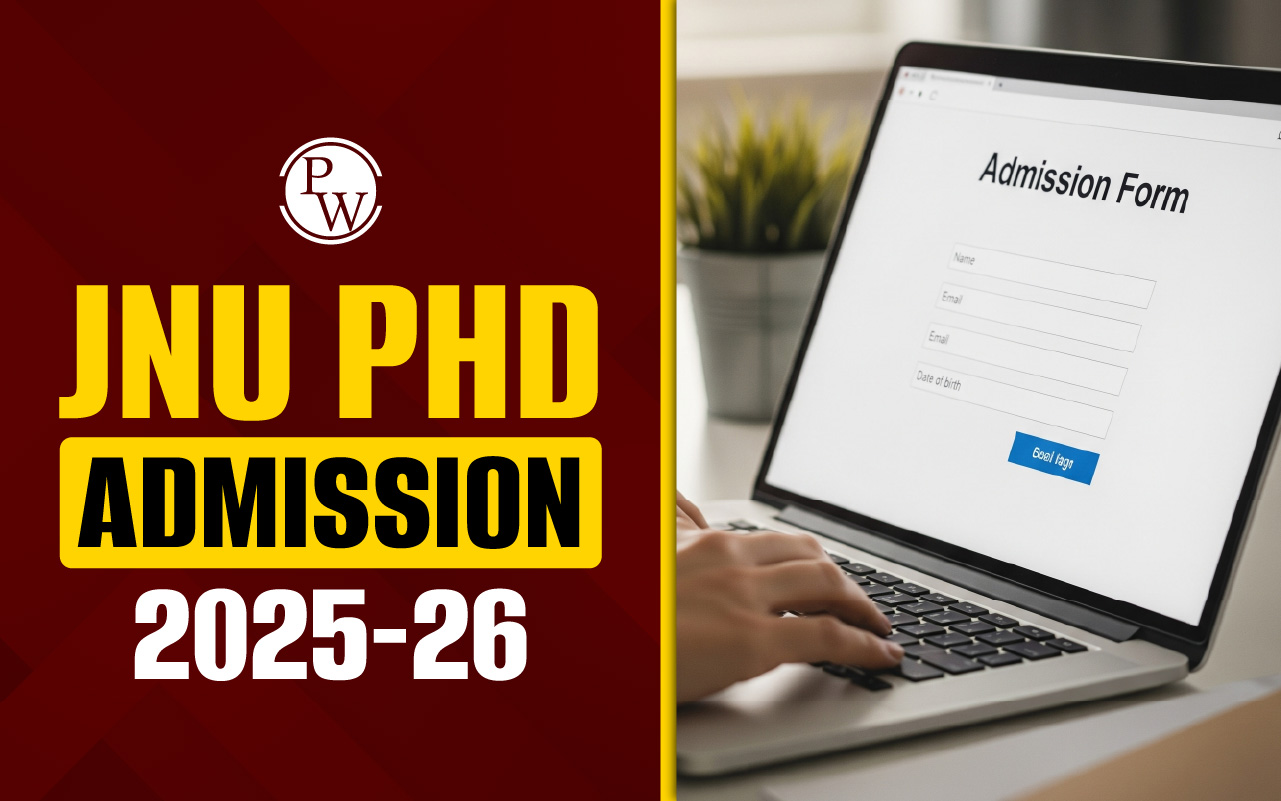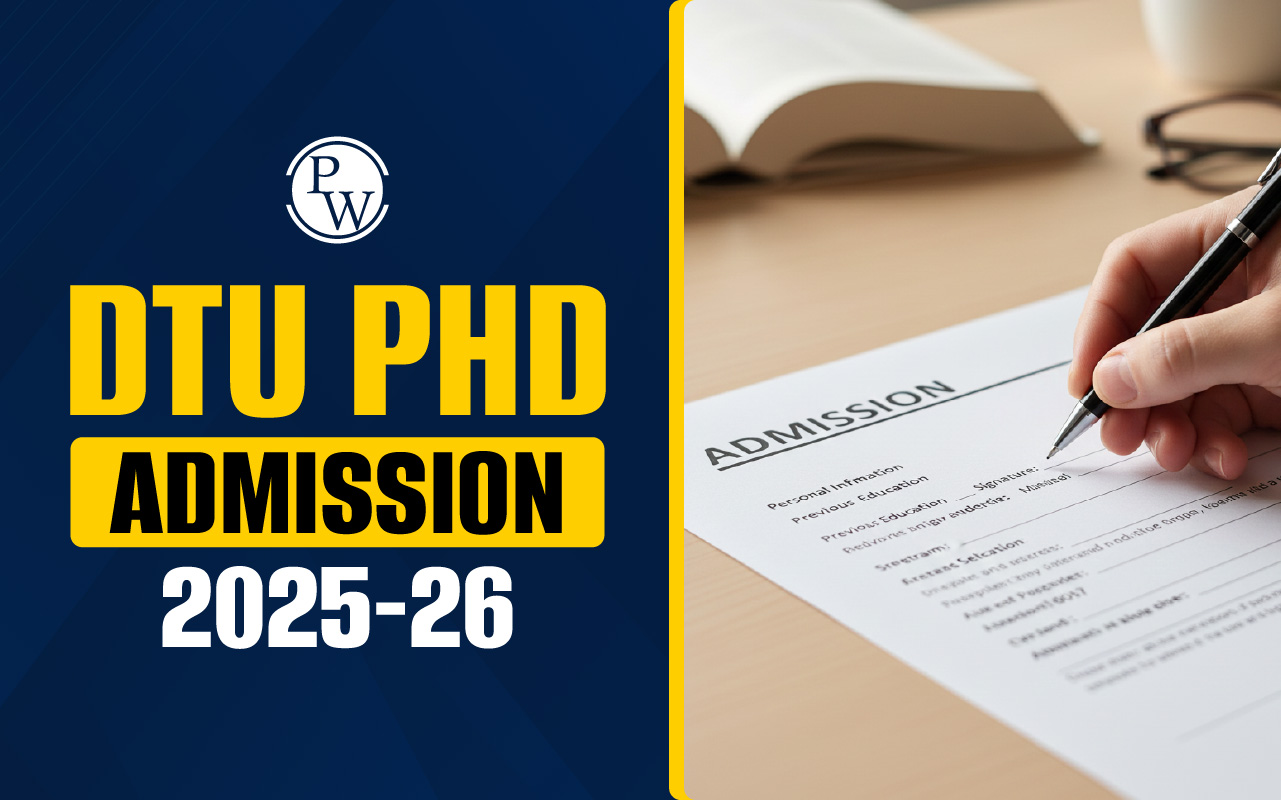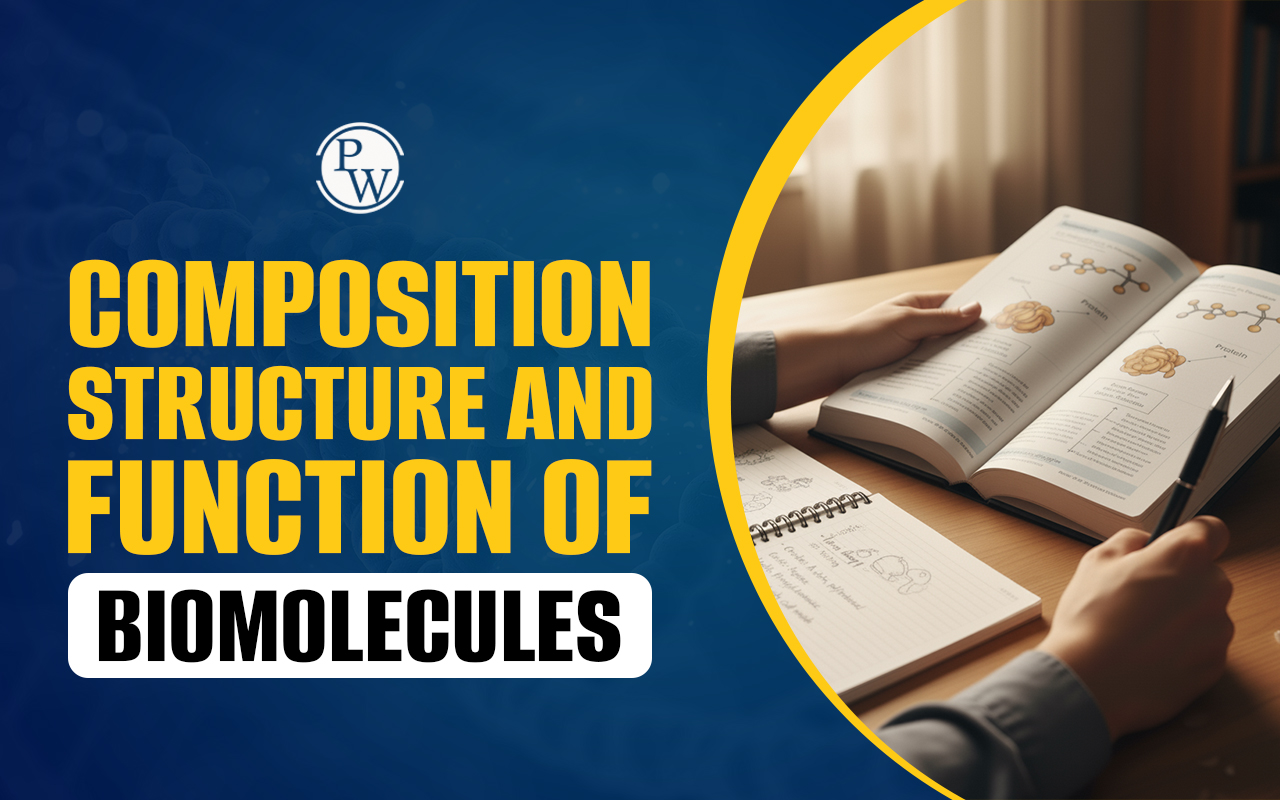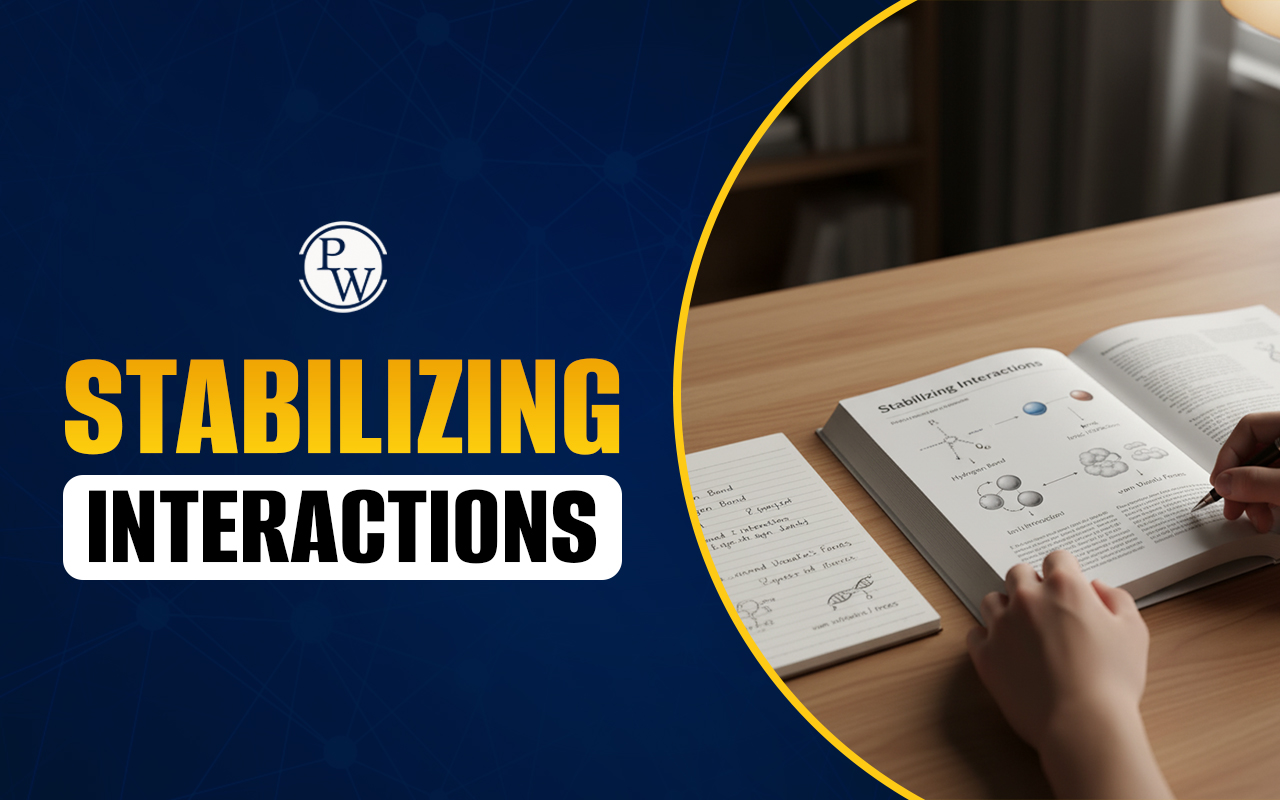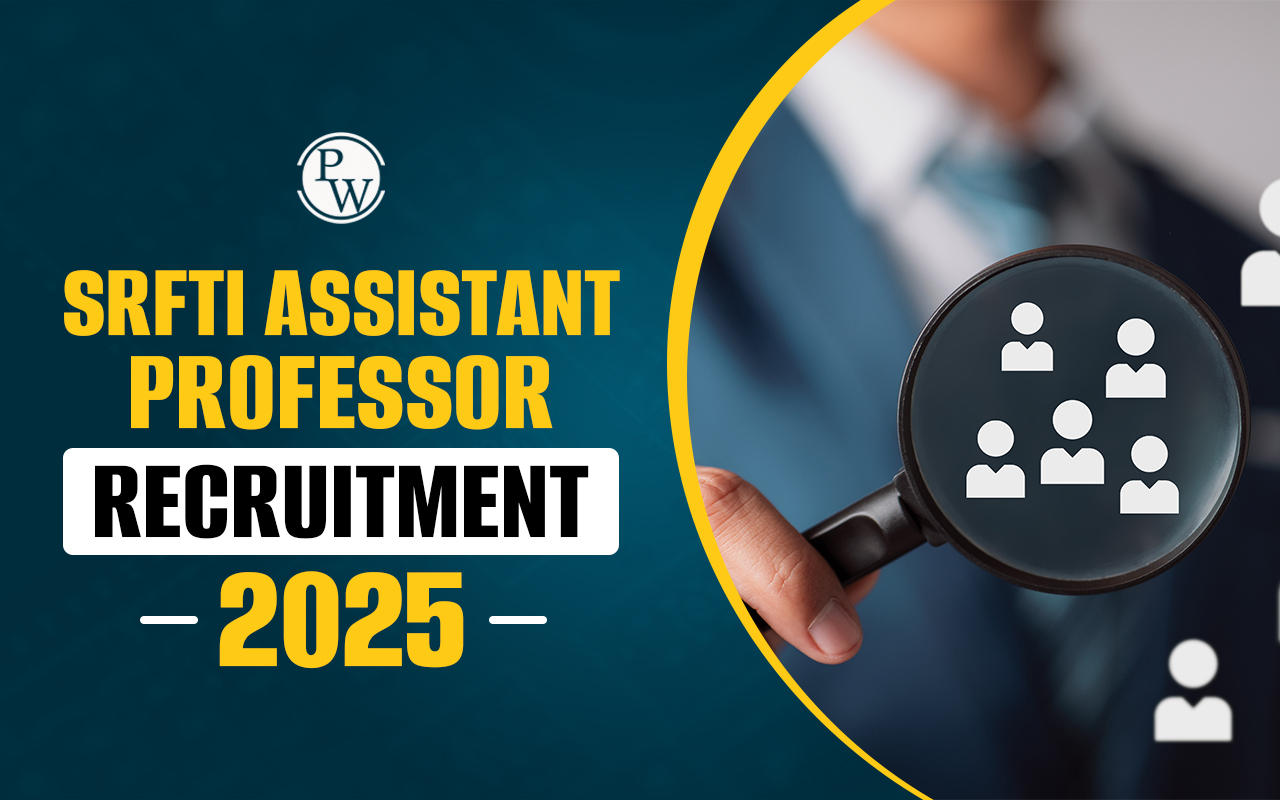
The liquid drop model was proposed by George Gasmow in 1929, and developed by Niels Bohr and Carl Friedrich Von Weizsacher in 1935.
As a first approximation, we can think of a nucleon in a nucleus interacting with its nearest neighbor, similar to that of a molecule in a drop of liquid that is free to move while maintaining a fixed intermolecular distance.- Both molecules in a drop of liquid and a nucleus possess constant density.
- Constant Binding Energy per nucleon of a nucleus is similar to the Latent heat of vaporization of a liquid.
- The evaporation of a liquid corresponds to the radioactive properties of the nucleus.
Volume Energy:
Let us start by assuming that energy associated with each nucleon-nucleon bond has some value U. This energy is negative since attractive forces are involved but written as positive because Binding energy is considered a positive quantity. Each bond energy U is shared by two nucleons, and each has a Binding energy of 1 / 2 U. When a group of spheres of the same size is packed together in a small volume, as similar to that of a nucleon within a nucleus, each interior sphere has 12 other spheres in contact with it. Hence each interior nucleon in a nucleus has a binding energy of (12)( 1 / 2 U) or 6U. If all nucleons in a nucleus were in its interior, the total Binding Energy of the nucleus would be E V = 6AU The equation can be simply written as, EV = a 1 AThe energy E V is called the Volume Energy of a nucleus and is directly proportional to A.
The more the total number of nucleons, the more difficult it becomes to remove an individual nucleon from the nucleus. This energy corresponds to the amount of heat energy required to transform a liquid to its vapor state being proportional to the mass of a liquid.
Surface Energy:
Some nucleons are on the surface of every nucleus and therefore have fewer than 12 neighbors. The number of such nucleons depends on the surface area of the nucleus. A nucleus of radius R has an area of 4 π R 2 = 4 π R 0 2 A 2/3 . The surface effect is similar to the surface tension in liquids, like the molecules on the surface of a liquid, the nucleons at the surface of the nucleus are not completely surrounded by other nucleons, which results in reducing the total Binding energy due to nucleons on the surface. Hence reducing the Binding energy by E S = -a 2 A 2/3T he negative energy ES is called the Surface Energy of a nucleus. It is most significant for the lighter nuclei since a greater fraction of their nucleons are on the surface.

Coulomb Energy:
The electric repulsion between each pair of protons in a nucleus contributes toward decreasing its binding energy. The coulomb energy E C of a nucleus is the work that must be done to bring together Z protons from infinity into a spherical aggregate the size of the nucleus. The potential energy of a pair of protons r apart is equal to V = - e2 / 4 πε 0 R Since there are Z(Z-1) / 2 pairs of protons,E C = Z(Z-1) / 2 V = - Z(Z-1)e 2 /8 πε 0 (1R)
Hence,
E C = - a 3 Z(Z-1)/ A 1/3
The Coulomb energy is negative because it arises from an effect that opposes nuclear stability. The Total Binding Energy Eb of a nucleus comes out to be the sum of its Volume, Surface, and Coulomb Energies:E b = E V + E S + E C = a 1 A - a 2 A 2/3 - a 3 Z(Z-1)/ A 1/3
Correction to the Formula:
The Binding energy formula can be corrected by taking into account two effects that do not fit into the simple Liquid Drop Model but which make sense in terms of a model that provides for nuclear energy levels. One of these effects occurs when the neutrons in a nucleus outnumber the protons, which means higher energy levels have to be occupied rather than the case if N and Z were equal.
Asymmetry Energy:
It originates due to asymmetry between the number of protons and the number of neutrons in the nucleus. For lighter nuclei, the number of protons is almost equal to that of neutrons: N = Z. As A increases the symmetry of proton and neutron number is lost and the number of neutrons exceeds that of protons to maintain the nuclear stability. This excess of neutrons over protons, i.e. ( N - Z) , is the measure of asymmetry and it decreases the stability.E a = - a 4 (N - Z)2A
Ea = - a 4 (A-2Z) 2 /A
The Asymmetry Energy is negative because it reduces the Binding Energy of the Nucleus.
Pairing Energy:
The last correction term arises from the tendency of proton pairs and neutron pairs to occur. Even-even nuclei are the most stable and hence have higher Binding energy. At the other extreme, odd-odd nuclei have both unpaired protons and neutrons and have relatively low binding energies. The Pairing Energy E p is:- Positive for even-even nuclei.
- 0 for odd-even and even-odd.
- Negative for odd-odd nuclei.
 The final expression for the Binding Energy of a nucleus of atomic number Z and mass number A is,
Semi empirical binding- energy or Mass Formula
E
b
=
a
1
A - a
2
A
2/3
-
a
3
Z(Z-1)/
A
1/3
-
a
4
(A-2Z)
2
/A (,0)a
5
/A
3/4
The final expression for the Binding Energy of a nucleus of atomic number Z and mass number A is,
Semi empirical binding- energy or Mass Formula
E
b
=
a
1
A - a
2
A
2/3
-
a
3
Z(Z-1)/
A
1/3
-
a
4
(A-2Z)
2
/A (,0)a
5
/A
3/4

